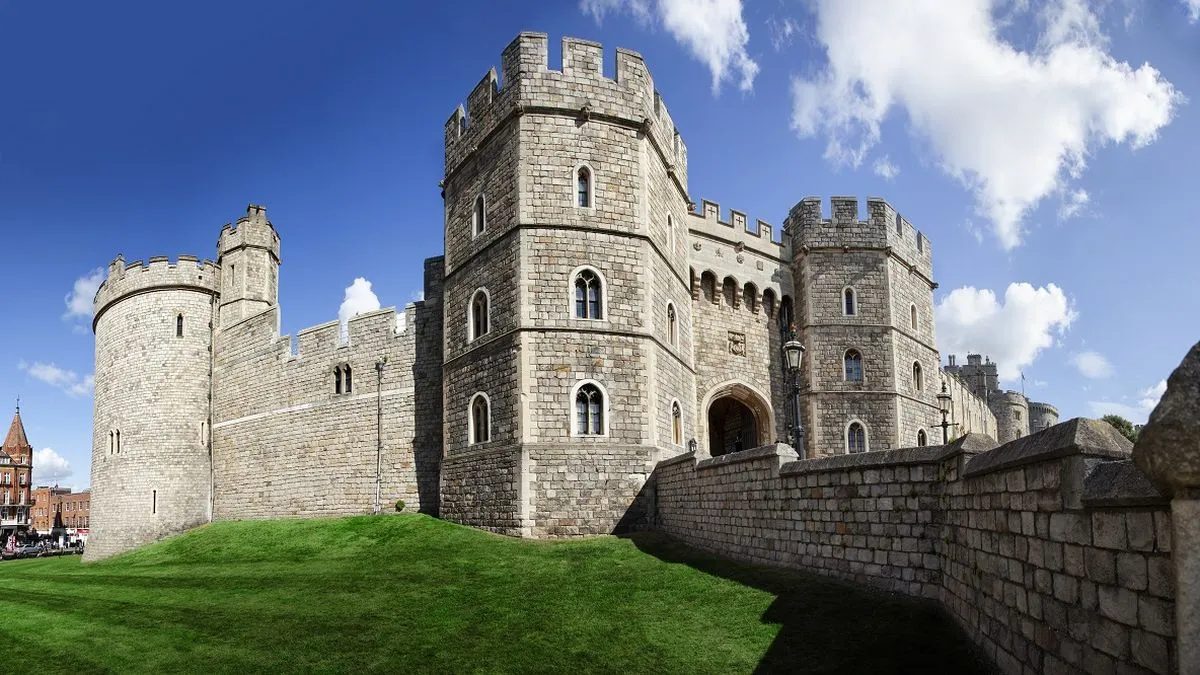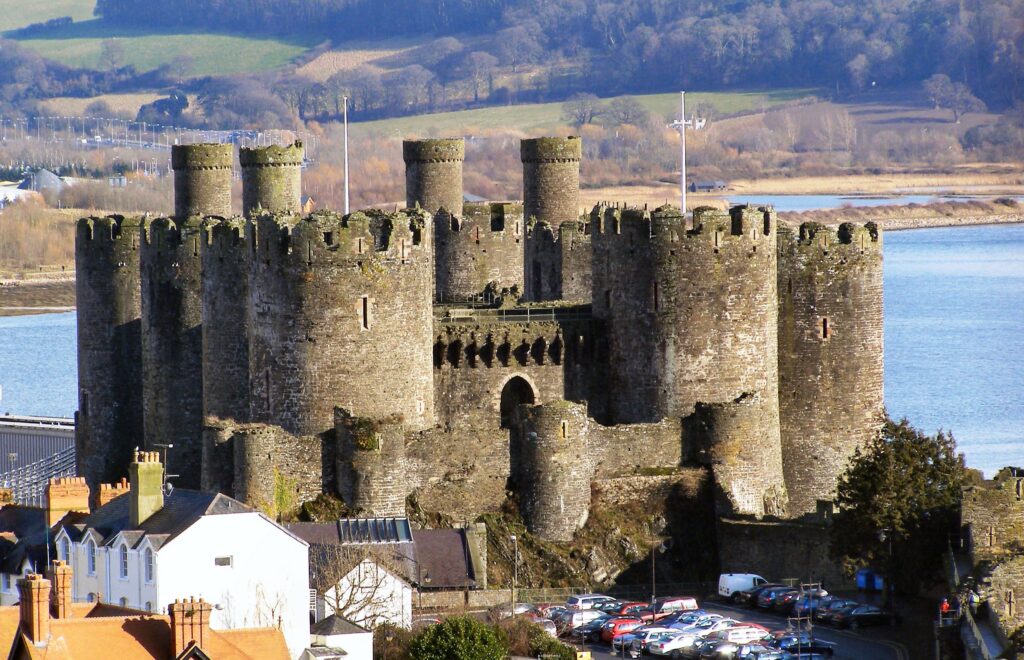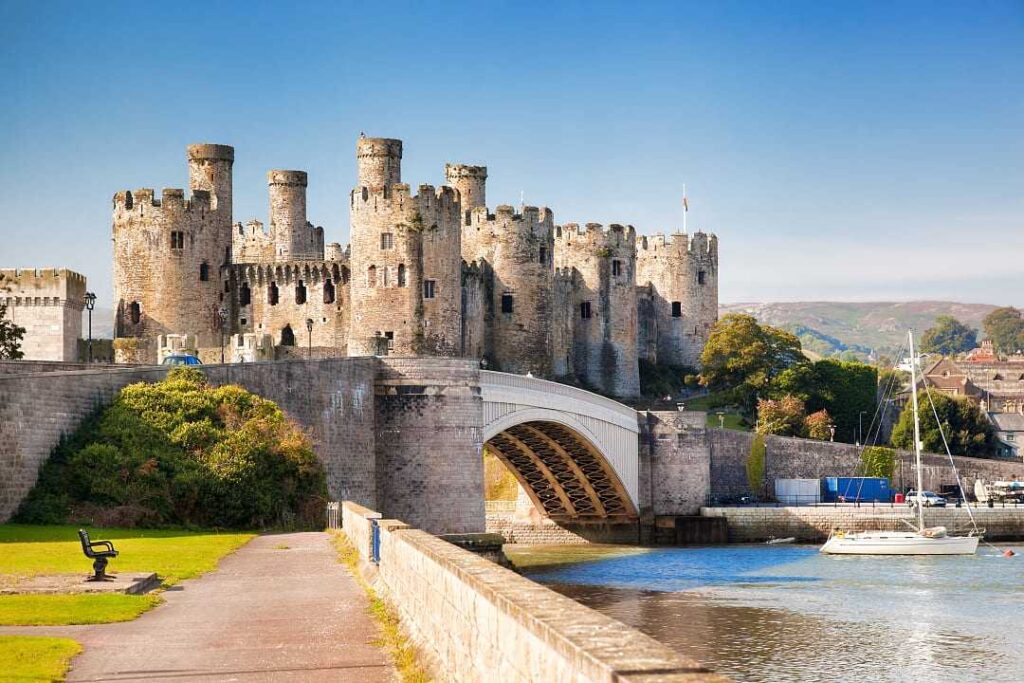“Stone Fortresses of Power: Everything You Wanted to Know About British Castles”

British castles stand as powerful symbols of military might, royal ambition, and architectural ingenuity. These towering stone structures scattered across England, Scotland, Wales, and Northern Ireland have captured imaginations for centuries. While many now lie in romantic ruin, they once served as fortresses, homes, prisons, and even administrative centers. This article explores the origins, evolution, daily life, decline, and legacy of British castles, uncovering the real stories behind these majestic relics.
Origins and Purpose
The story of British castles begins with the Norman Conquest of 1066. Though fortifications existed earlier in the form of Roman forts and Saxon burhs (walled towns), the Normans introduced the true medieval castle to Britain.
- Motte-and-Bailey Castles: The first Norman castles were quick-to-build wooden structures atop earthen mounds (mottes), surrounded by enclosed courtyards (baileys). They provided immediate control over newly conquered lands.
- Symbol of Domination: Castles weren’t just military tools—they were psychological weapons, towering over towns as a reminder of Norman authority.
- Strategic Locations: Castles were often built along borders, rivers, roads, and coasts for defensive advantages and to oversee key trade routes or rebel areas.
Evolution of Castle Architecture
Over time, British castles evolved from basic wooden forts to impressive stone fortresses:
- Stone Keeps (12th century): Massive central towers, like the White Tower in the Tower of London, provided strongholds with thick walls, narrow windows, and defensible heights.
- Concentric Castles (13th–14th centuries): These featured multiple layers of walls, moats, drawbridges, and fortified gatehouses. Famous examples include Beaumaris Castle and Caerphilly Castle in Wales.
- Domestic Features: As threats diminished, later castles incorporated more comfort, including larger windows, decorative halls, and gardens—blurring the line between fortress and palace.

Life Inside a Castle
Despite their intimidating exteriors, castles were bustling communities with complex daily routines:
- The Lord and Household: The ruling noble and their family lived in the most comfortable quarters. They hosted feasts, administered justice, and oversaw local governance.
- Servants and Soldiers: Castles housed knights, cooks, blacksmiths, grooms, chaplains, and other workers who kept the stronghold functioning.
- Defense Measures: Arrow slits, murder holes, portcullises, and battlements were built for defense. In times of siege, castles could house hundreds and withstand long assaults.
- Religion: Many castles had their own chapels and resident priests to conduct daily prayers and sacraments.
Castles in Conflict
British castles played vital roles during key conflicts:
- Welsh and Scottish Wars of Independence: Edward I built or improved many castles in Wales to subdue rebellion—his “Iron Ring” of castles includes Conwy and Harlech.
- The Wars of the Roses: Castles like Warwick and Middleham were central to the rivalries between the Lancastrians and Yorkists.
- English Civil War (1642–1651): Many castles were fortified or besieged by Royalist and Parliamentarian forces. Afterward, some were deliberately slighted (damaged) to prevent reuse.
Decline and Romantic Revival
By the 16th century, advances in artillery made traditional castles obsolete:
- Tudor and Stuart Era: Monarchs preferred more comfortable palaces like Hampton Court over cold, drafty castles.
- Ruination: Some castles fell into disrepair, while others were dismantled for building stone or destroyed during civil war.
- Gothic Revival (18th–19th centuries): Interest in the romantic past led to restoration efforts and the building of “mock castles,” such as Strawberry Hill House or Peckforton Castle.
- Tourism Boom: In the Victorian era, castles became major tourist attractions and symbols of British heritage.
Famous British Castles to Know
- Windsor Castle: The oldest and largest occupied castle in the world—still a royal residence today.
- Edinburgh Castle: A Scottish icon atop an ancient volcano, with centuries of royal and military history.
- Bodiam Castle: A classic moated castle in East Sussex, often seen as the image of a “storybook” fortress.
- Dover Castle: Known as the “Key to England,” it has protected the southeastern coast for over 900 years.
- Caernarfon Castle: Built by Edward I in Wales, it blends military strength with symbolic architecture.
Castles Today
Today, British castles are managed by heritage organizations like English Heritage, Historic Scotland, and the National Trust:
- Tourism and Education: Castles serve as museums and venues for historical reenactments, weddings, and festivals.
- Restoration and Preservation: Efforts continue to stabilize crumbling structures and conserve interiors, tapestries, and medieval graffiti.
- Cultural Legacy: Castles remain powerful symbols in British culture—appearing in films, literature, folklore, and national identity.

Conclusion
British castles are more than crumbling stones or dramatic ruins—they are living links to a rich and turbulent past. Whether built for defense, residence, or dominance, each castle tells a unique story of the people who built, inhabited, fought over, and preserved them. To walk through their halls or climb their towers is to experience the legacy of a nation shaped by conflict, power, and imagination.




